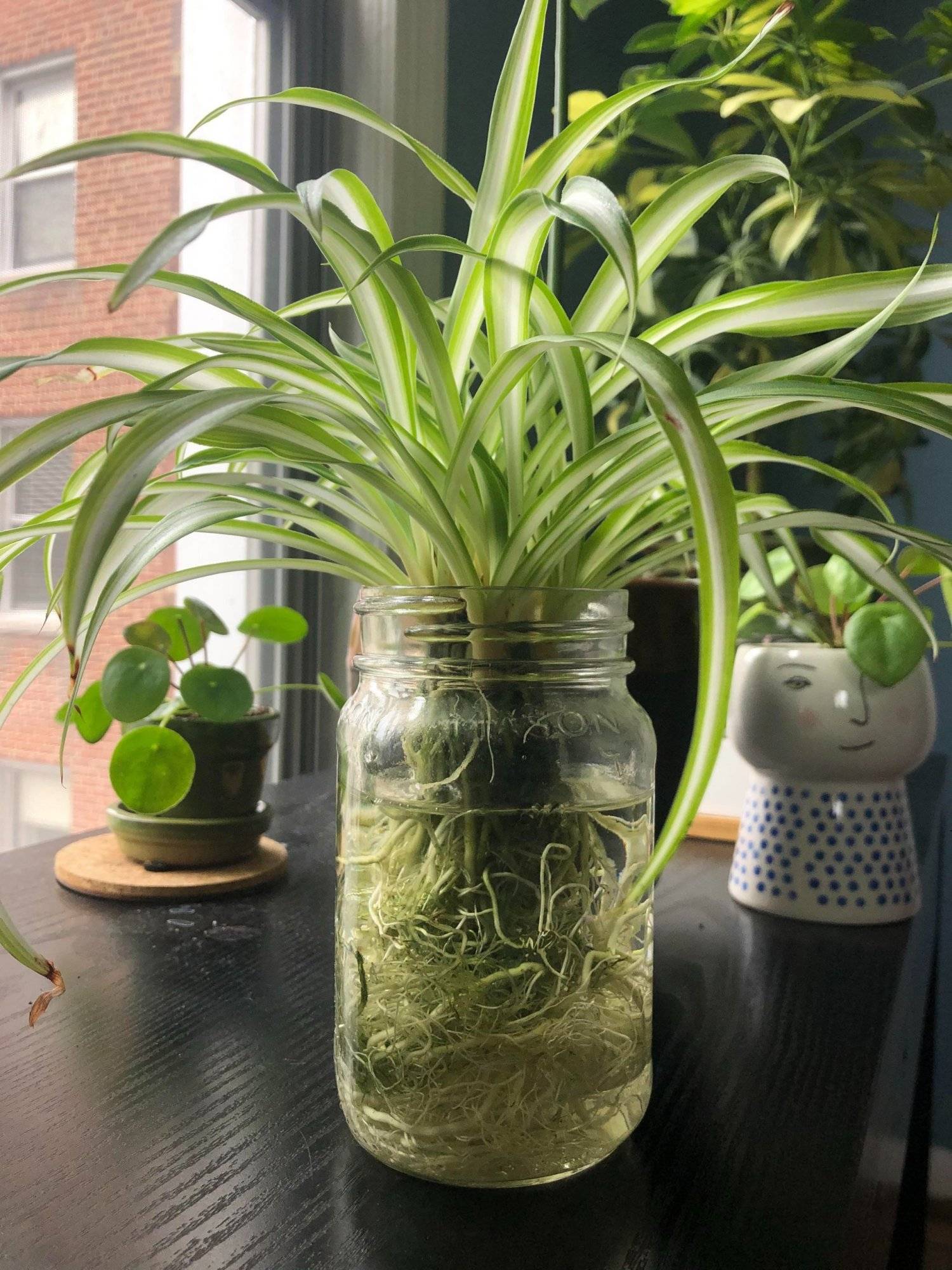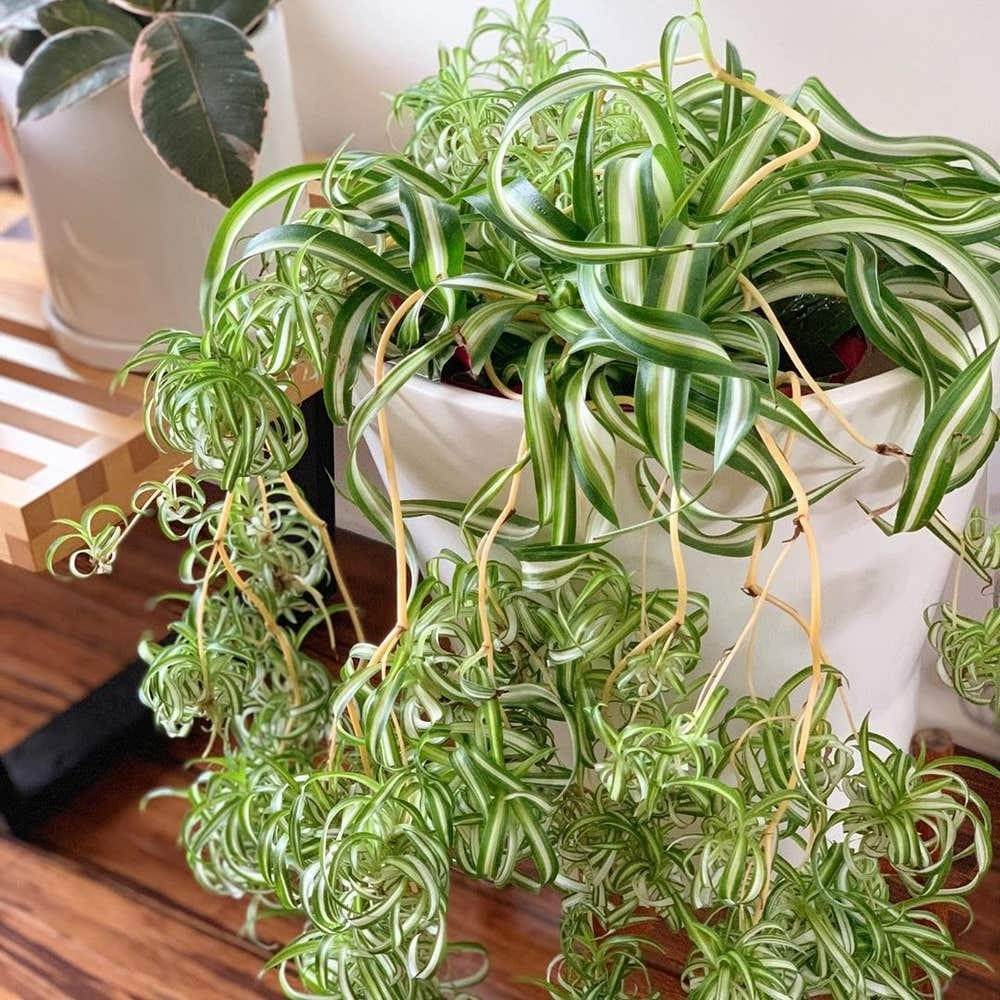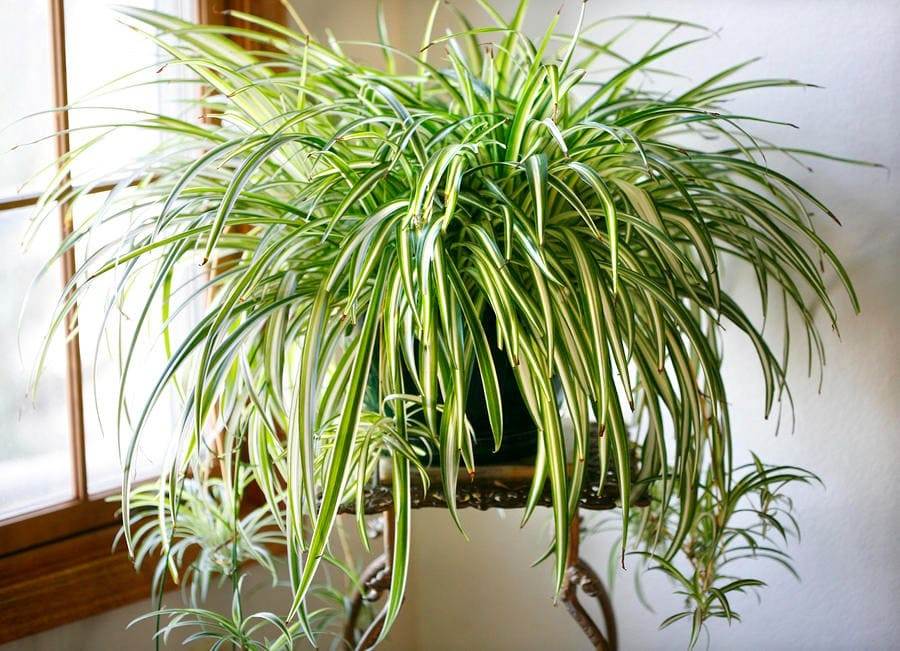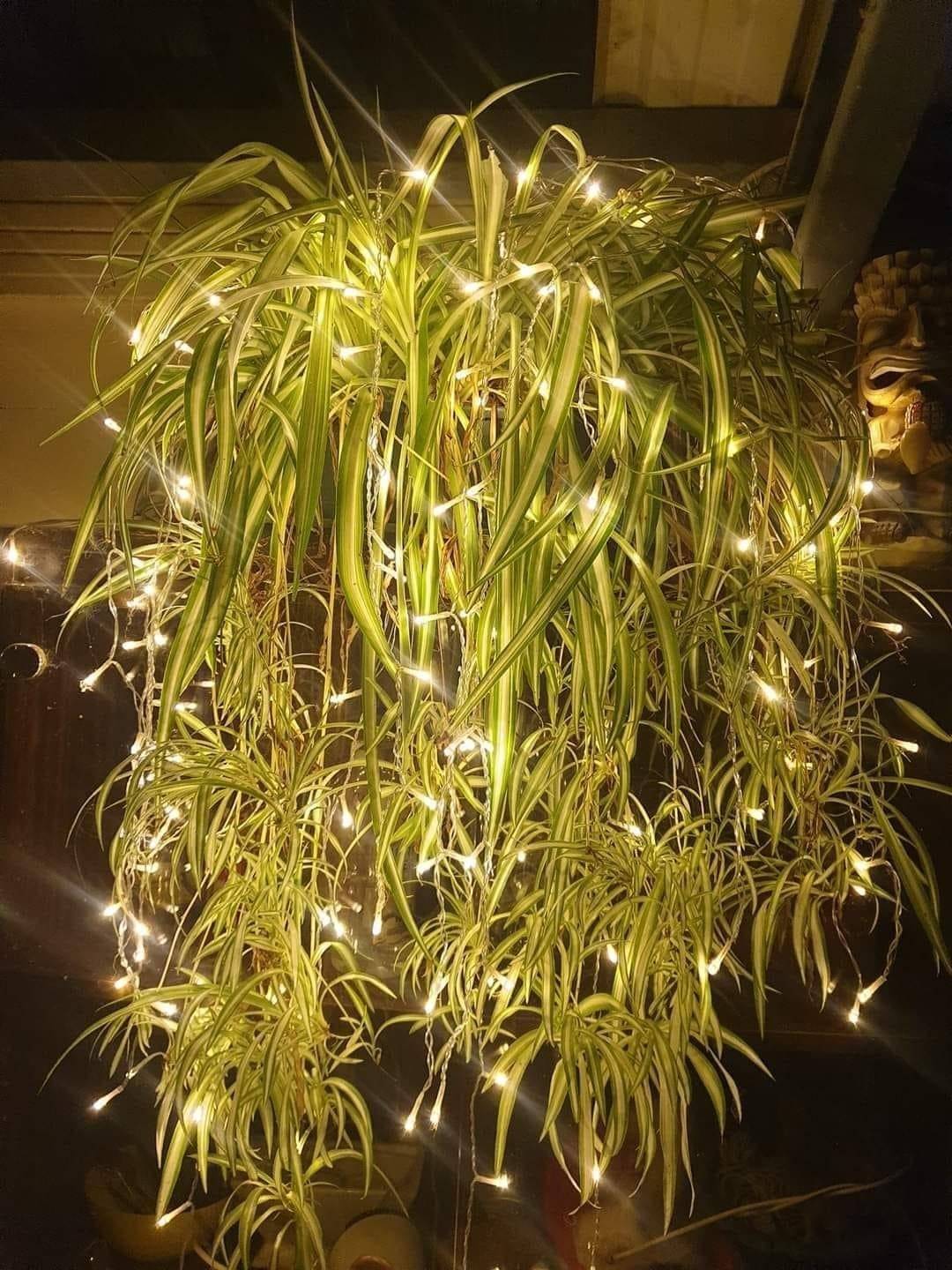Spider plants are highly regarded for their attractive green or variegated leaves, potential air-purifying qualities, and low maintenance requirements. They simply need well-drained soil, indirect sunlight, and moderate watering to flourish and produce “runners” and adorable baby plantlets called spiderettes.
And the best part is it is effortless and inexpensive to create new spider plants using cuttings. You can generate countless plants for your own enjoyment or as thoughtful gifts.
How To Propagate Spider Plant
Materials Needed
- A clean, sharp knife or scissors
- A glass or jar for water propagation
- Well-draining potting soil
Step 1: Selecting a Healthy Parent Plant
To ensure successful propagation, start with a healthy and mature spider plant. Just look for a plant with well-established roots and vibrant, green foliage.
Step 2: Identifying Suitable Shoots
Examine the spider plant for shoots with small plantlets. These are often found hanging from long arching stems. You should choose shoots that have at least a couple of inches of stem below the baby plant. These are the ones ready for propagation.
Step 3: Cutting And Placing In Water
With a clean, sharp tool, carefully cut the selected shoot below the baby plant, ensuring you have a few inches of stem. Place the cut end in a glass or jar of water, submerging the base of the plantlet while keeping the leaves above water. This initiates the rooting process.

Step 4: Root Development
Place the glass or jar in a bright, indirect light location. Remember to change the water every few days to keep it fresh. In a few weeks, you should notice the development of roots. Once the roots are a couple of inches long, your spider plantlet is ready for its new home.
Step 5: Transferring To Soil
Prepare a small pot with well-draining soil. The next step is to gently plant the rooted spider plantlet, ensuring that the roots are covered and the plant is stable. Water the newly potted plant and place it in a location with indirect sunlight.

Taking Care Of Your New Spider Plant
1. Sunlight
Spider plants are adaptable and can thrive in various light conditions. However, they do best if placed in a bright, indirect light location. While they can tolerate lower light levels, they prefer a bit of brightness to encourage healthy growth. Avoid direct sunlight, especially during the hottest parts of the day, as this can scorch the leaves.
2. Watering
Spider plants are forgiving when it comes to watering. Allow the top inch of soil to dry before watering. When you do water, be thorough but ensure that excess water can drain away. Overwatering can lead to root rot, so it’s better to let the soil dry out a bit between watering sessions.
3. Pruning
Pruning spider plants is simple. Remove any yellow or brown leaves, as they indicate ageing or overwatering. Trim back any leggy or straggly stems to encourage bushier growth. If your spider plant sends out long arching stems with baby plantlets, you can let them grow or trim them off to propagate more plants.

Keep In Mind
- Fertilizer: Spider plants are not heavy feeders, but they do benefit from some fertilizer during the growing season. You can use a balanced houseplant fertilizer, such as 20-20-20, and apply it once a month from spring to fall.
- Prevent root rot: This is caused by overwatering or poor drainage, which can lead to fungal infection of the roots. The symptoms include yellowing, wilting, or dropping of leaves, and mushy or black roots. To prevent root rot, water your spider plant only when the top inch of the soil feels dry, and use a well-draining potting mix.
- Treat pest damage: Spider plants can also be attacked by sap-sucking pests, such as spider mites, aphids, mealybugs, thrips, and whiteflies. These pests can cause yellowing, curling, or wilting of the leaves, and secrete a sticky substance called honeydew, which can lead to sooty mold. To treat them, use a damp cloth or spray the plant with a mix of water and mild soap, rubbing alcohol.

Spider plants, with their air-purifying qualities and graceful arching leaves, make delightful additions to any indoor space. Moreover, it’s like a mini purifying air factory, absorbing carbon dioxide and offering you fresh air. So whether you’re a gardening beginner or a plant parent, planting and propagating can bring rewarding experiences and endless benefits.
